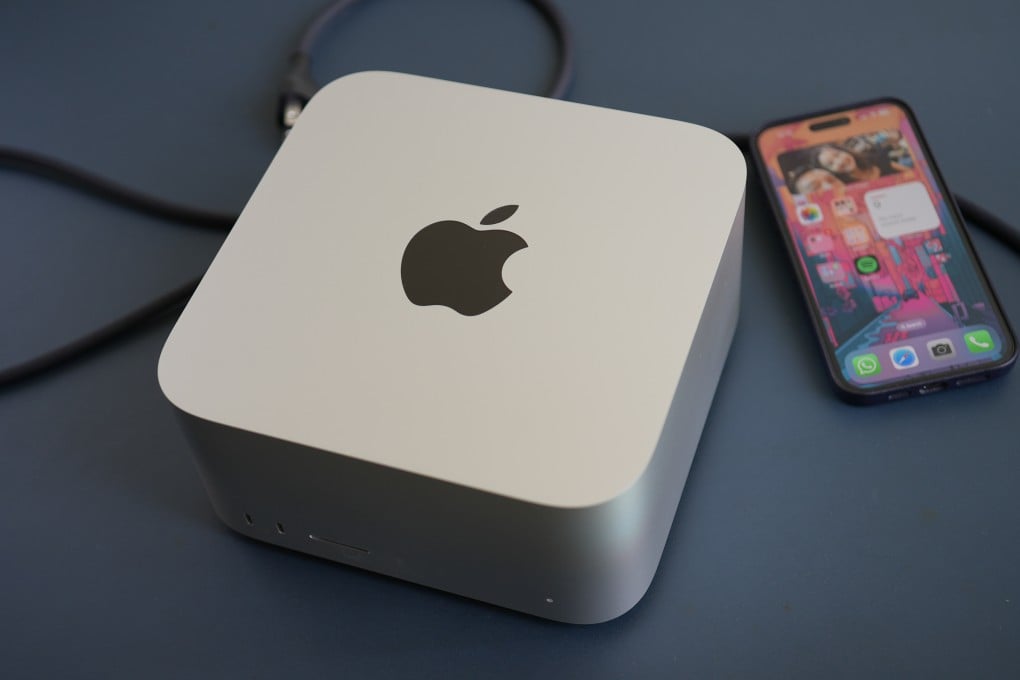Review | Apple’s Mac Studio with M2 Max/Ultra chips is lightning fast and outperforms any other computer I’ve tested. It’s a dream machine for creative professionals
- It may look like just a small metal box, and needs a display and input device to hook up to, but the Mac Studio is an incredibly powerful piece of kit
- It renders and exports video at lightning speed, and can connect to 8 displays at once. No wonder Hollywood studios use it to make visuals for shows and movies

At its recent developer trade show Apple introduced an augmented reality headset that it insists on calling a “spatial computer”. But before a future with everyone wearing a computer on their heads materialises, the US tech giant is doubling down on its original claim to fame: the desk-bound computer.
The 2023 Mac Studio is a small metal box that comes configured with either Apple’s existing M2 Max chip or the just launched M2 Ultra that is literally two M2 Max chips stitched together, so twice as powerful. We put the latter version to the test.
Design and hardware
Apple products often get praised for their minimal, yet stylish design, and the Mac Studio is a clear example. Crafted of unibody aluminium, it’s a dense piece of tech with no moving parts.

There’s no shortage of ports, with six USB-Cs all supporting Thunderbolt 4, a pair of USB-As, and a single headphone jack, SD card slot, HDMI and Ethernet. I like that some of these ports are on the front of the machine, so I don’t have to reach around to the back to plug in a memory card or a charging cable.
There are two versions of the Mac Studio, the entry-level M2 Max version starting at US$1,999 (HK$16,999 in Hong Kong), and the M2 Ultra starting at US$3,999 (HK$32,999). My unit is specced out a bit with 128GB of unified memory, 76 core GPU and 4TB of storage, and goes for US$6,700 (HK$53,999).
The Mac Studio does not work on its own; it needs at least a display and one input device. The M2 Ultra version tested is powerful enough to support two separate 8K displays or eight 4K screens at once. Pairing it with Apple’s 5K Pro Display XDR was seamless.

Software and performance
The Mac Studio ships with Apple’s MacOS Ventura and it’s the exact same software used in all Apple Macs. There are no surprises whatsoever with the software; it behaves the same as it would on any Apple computer.